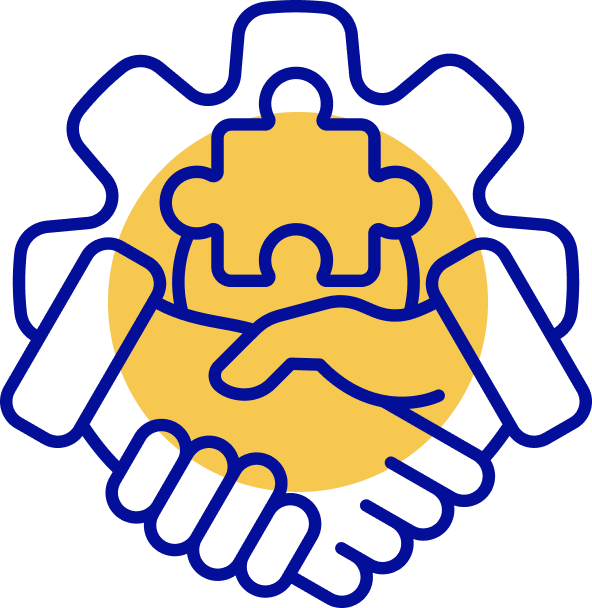Twinning Model
1. Initiate the Partnership
The collaboration began in 2010 with a community health needs assessment in rural Gujarat. What started as a small team effort led by trainees soon became a long-term, formal partnership.
2. Develop a Shared Work Plan
Together, the teams identified health priorities like maternal and child health, injury prevention, and noncommunicable diseases (like atrial fibrillation). They co-developed projects based on local needs and designed them collaboratively.
3. Implement the Program
Research studies were carried out by mixed teams of students and faculty from both India and the U.S. Trainees helped design and lead projects such as:
- A pregnancy cohort study
- A trauma registry and injury survey
- A mobile screening study for atrial fibrillation (SMART-India)
- A 10-year follow-up of NICU newborns
4. Monitor Outcomes
Each project collected detailed data—for example, tracking how many infants received Kangaroo Mother Care, or how many people were diagnosed with atrial fibrillation during mobile screening. Teams reviewed progress regularly.
5. Evaluate Results
Projects assessed whether interventions were working. One study showed that having a “KMC champion” improved newborn care. Another revealed that mobile technology could help find heart problems in rural villages that usually go undetected.
6. Disseminate Findings
The collaboration produced 14+ peer-reviewed publications and 50+ scientific conference presentations. Many of these were led by trainees and shared at global health meetings like PAS, CUGH, and APHA.
Outcomes of Twinning Model
A decade-long, sustainable partnership rooted in trust, mutual respect, and shared goals
Training of 39+ students and involvement of 30+ faculty across both institutions
Projects that respond to community needs, not just academic interests
Recognition through NIH and Fulbright awards and pilot grants
Ongoing efforts to improve data infrastructure, launch student exchanges, and build a learning laboratory for behavioral health innovation




